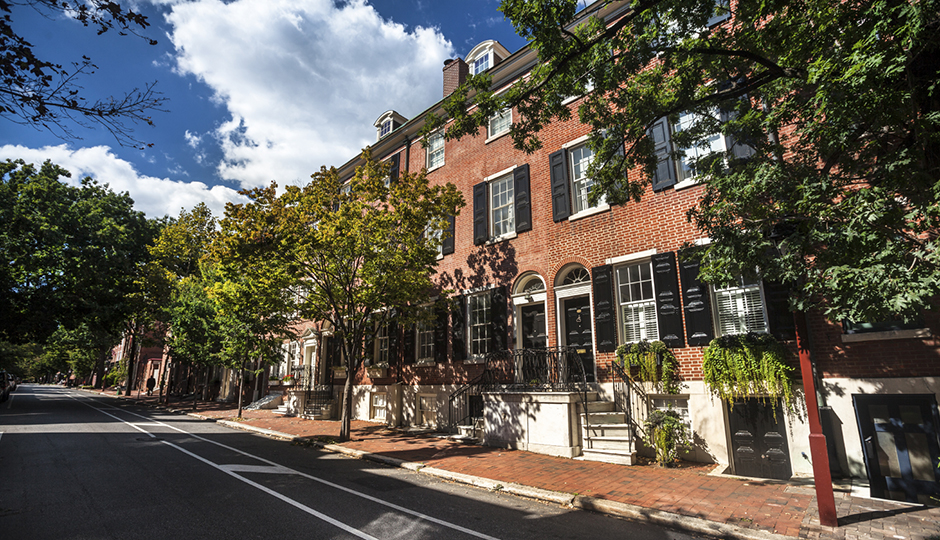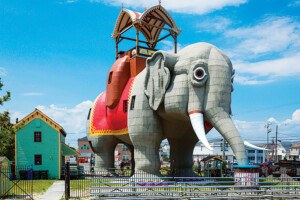Philly House Values Shoot Past Pre-Recession Levels

The latest data from Drexel’s Lindy Institute show house prices in Philadelphia have fully rebounded from their post-recession lows. | Photo credit: iStock/Pgiam
Something very unusual happened in the winter of 2016 in Philadelphia: Not only did house prices continue their upward climb from their post-housing-bubble low, but they set a new all-time high, and house sales rose from the prior quarter along with them.
The first-quarter 2016 Philadelphia housing market report from Drexel University’s Lindy Institute for Urban Innovation and Myers Research show that the citywide house price index hit an all-time high of 473.5 in the first quarter of 2016. (The index’s base value is the average house value in the first quarter of 1980.) That represents a 3.9 percent increase over the index value in the previous quarter and a one percent increase over the index’s pre-recession peak of 466.9 in the second quarter of 2006. The median sale price citywide also rose to an all-time high of $143,000 in the quarter just ended.
Sales volume also continued to rise in the first quarter, when colder weather usually dampens the pace of sales. The 3,915 homes sold in the quarter represent a 6 percent increase from the fourth quarter of 2015 and a 28 percent rise from year-ago levels.
Kevin Gillen, the Lindy Institute senior research fellow who conducts the housing market survey, said that the rise was driven by tight inventories. “There should be a five- to seven-month supply of homes for sale for a balanced market,” he said. “We’re right now just a little bit below five months. That indicates demand is exceeding supply, and that puts upward pressure on house prices.”
One possible response to the rise may come from home owners whose homes went underwater during the recession. (A house is said to be “underwater” when the amount owed on the mortgage is more than the house is worth in the current market.) The prospect of selling for more than the outstanding balance on the mortgage may bring more supply into the market. This would be good, said Gillen: “You don’t want house prices to rise too much, for then you get affordability problems.”
There is some geographic variation to the strength of the recovery within the city, however. “The further away you get from Center City, the less prices have recovered,” Gillen said. However, even those neighborhoods where house values have not passed their pre-recession levels are close to crossing that threshold.
The milestone makes Philadelphia one of eight cities among the nation’s 20 largest where house prices have fully recovered from the recession. The other seven cities are Dallas, Denver, Boston, Charlotte, Portland, Seattle and San Francisco.
Among neighborhoods, the strongest price gains were posted in South Philadelphia (up 7.4 percent) and the weakest in West Philadelphia (up 0.9 percent). Kensington/Frankford (up 5.8 percent), North Philadelphia (ditto) and Center City/Fairmount (up 5.2 percent) also posted strong gains over last quarter’s levels.


